Sansevieria Hybrid Pagoda
Sansevieria Hybrid Pagoda is a striking cultivar of the Sansevieria genus, also known commonly as snake plant or mother-in-laws tongue. This hybrid is prized for its unique architectural appearance and distinctive leaf patterns, making it a popular choice among indoor gardeners and succulent enthusiasts.
Key Characteristics:
- Scientific Name: Sansevieria hybrid (Pagoda)
- Common Name: Pagoda Snake Plant
- Family: Asparagaceae
- Type: Succulent, perennial plant
Appearance:
- Shape:
- The Sansevieria Hybrid Pagoda features tall, upright leaves that grow in a rosette formation, giving it a compact and architectural look. The leaves can reach heights of 1-3 feet (30-90 cm) and are typically narrow and pointed, resembling a pagoda or tower structure.
- Leaves:
- The leaves of Sansevieria Hybrid Pagoda are thick, fleshy, and sword-shaped, with a glossy texture. They are often variegated, displaying shades of green, yellow, or white, depending on the specific hybrid. The contrasting colors create a striking visual effect that adds interest to any space.
- Growth Habit:
- Sansevieria Hybrid Pagoda is a slow-growing plant but can produce offsets (pups) over time, which can be separated and repotted to create new plants.
Growing Conditions:
- Light:
- This snake plant thrives in bright, indirect light but can tolerate low light conditions as well. However, prolonged exposure to direct sunlight may scorch the leaves. Indoors, it is best to place it near a window with filtered light.
- Soil:
- Well-draining soil is crucial for this plant. A cactus or succulent mix is ideal, or you can create your own mix by combining potting soil with sand or perlite for better drainage.
- Watering:
- Water the plant thoroughly, allowing the soil to dry out completely between waterings. Overwatering is the most common cause of problems with snake plants, leading to root rot. During the winter months, reduce watering even further as the plant enters a dormant phase.
- Temperature:
- The Pagoda Snake Plant prefers temperatures between 60-80°F (16-27°C). It is tolerant of occasional cooler temperatures but should be protected from frost, which can damage the leaves.
- Humidity:
- Sansevieria hybrids are well-suited to average household humidity levels. They can tolerate dry conditions, making them ideal for indoor environments.
Care and Maintenance:
- Fertilization:
- Fertilize during the growing season (spring and summer) with a balanced, diluted fertilizer formulated for houseplants or succulents. Fertilizing once a month is usually sufficient. Avoid fertilizing in the fall and winter when the plant is not actively growing.
- Pruning:
- Pruning is not necessary, but you can remove any dead or damaged leaves to keep the plant looking tidy. Use clean, sharp scissors or pruning shears for any cuts.
- Propagation:
- The Pagoda Snake Plant can be propagated by leaf cuttings or by separating offsets (pups) that grow around the base of the plant. When propagating, allow cuttings to callous for a few days before planting them in well-draining soil.
Special Considerations:
- Toxicity:
- Sansevieria plants, including the Pagoda hybrid, contain saponins, which can be toxic to pets if ingested. Keep the plant out of reach of pets and children to avoid any accidental ingestion.
- Pest Resistance:
- This plant is relatively pest-resistant but can occasionally attract mealybugs or spider mites. Regularly inspect for pests and treat infestations promptly with insecticidal soap or neem oil if necessary.
Aesthetic and Ornamental Value:
- Indoor Plant: Sansevieria Hybrid Pagoda is an excellent choice for indoor settings due to its unique appearance and low-maintenance care requirements. It adds vertical interest and a modern touch to any room.
- Outdoor Plant: In warmer climates, it can be grown outdoors in containers or gardens, where it can provide structure and greenery in landscapes.
Summary:
Sansevieria Hybrid Pagoda is a beautiful, low-maintenance succulent known for its unique, upright growth habit and attractive variegated leaves. Ideal for both indoor and outdoor cultivation, it thrives in a variety of light conditions and requires minimal care. Its striking appearance and ability to tolerate neglect make it a popular choice among plant enthusiasts, while its toxic nature requires caution around pets and children. This hybrid adds a stylish and contemporary touch to any plant collection or garden setting.

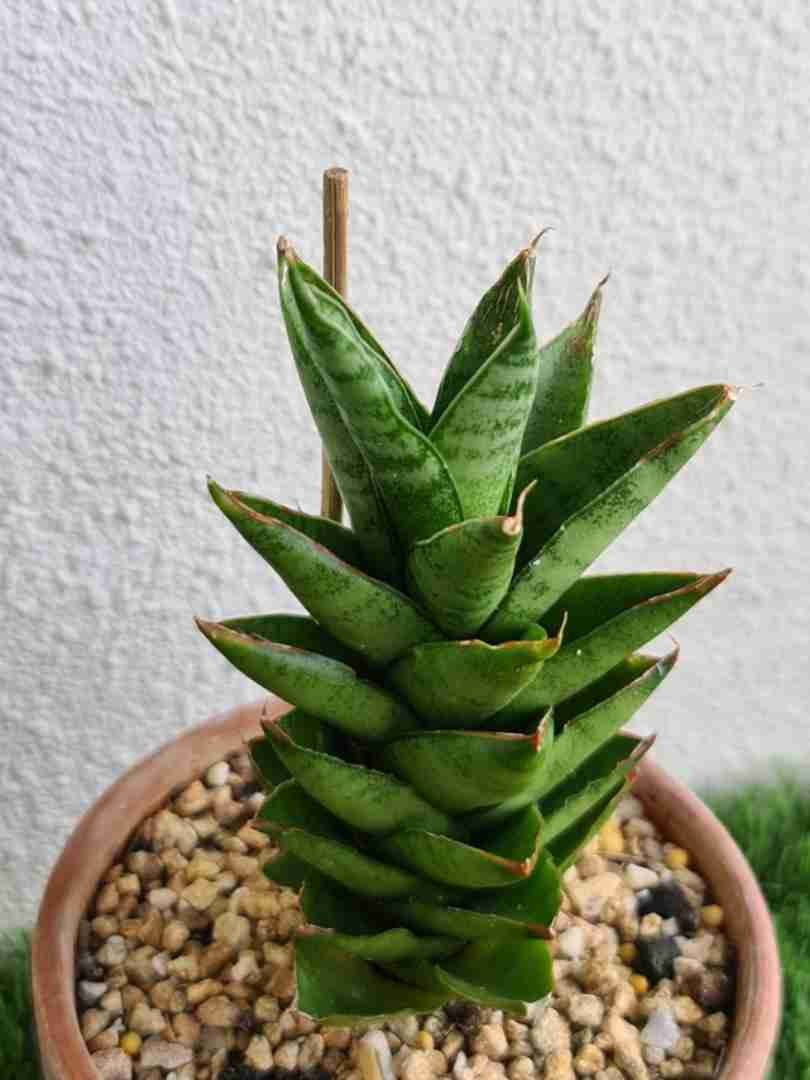
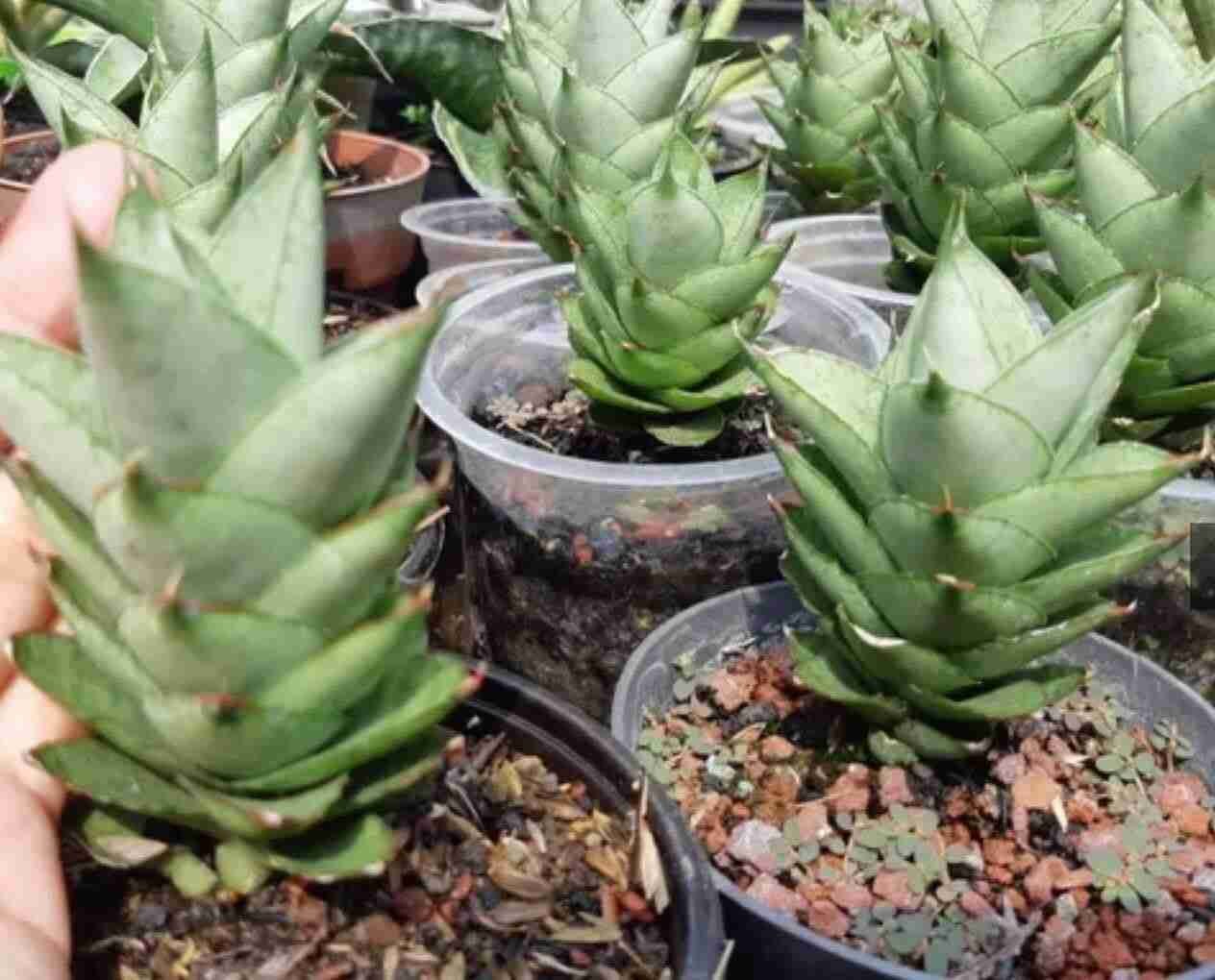
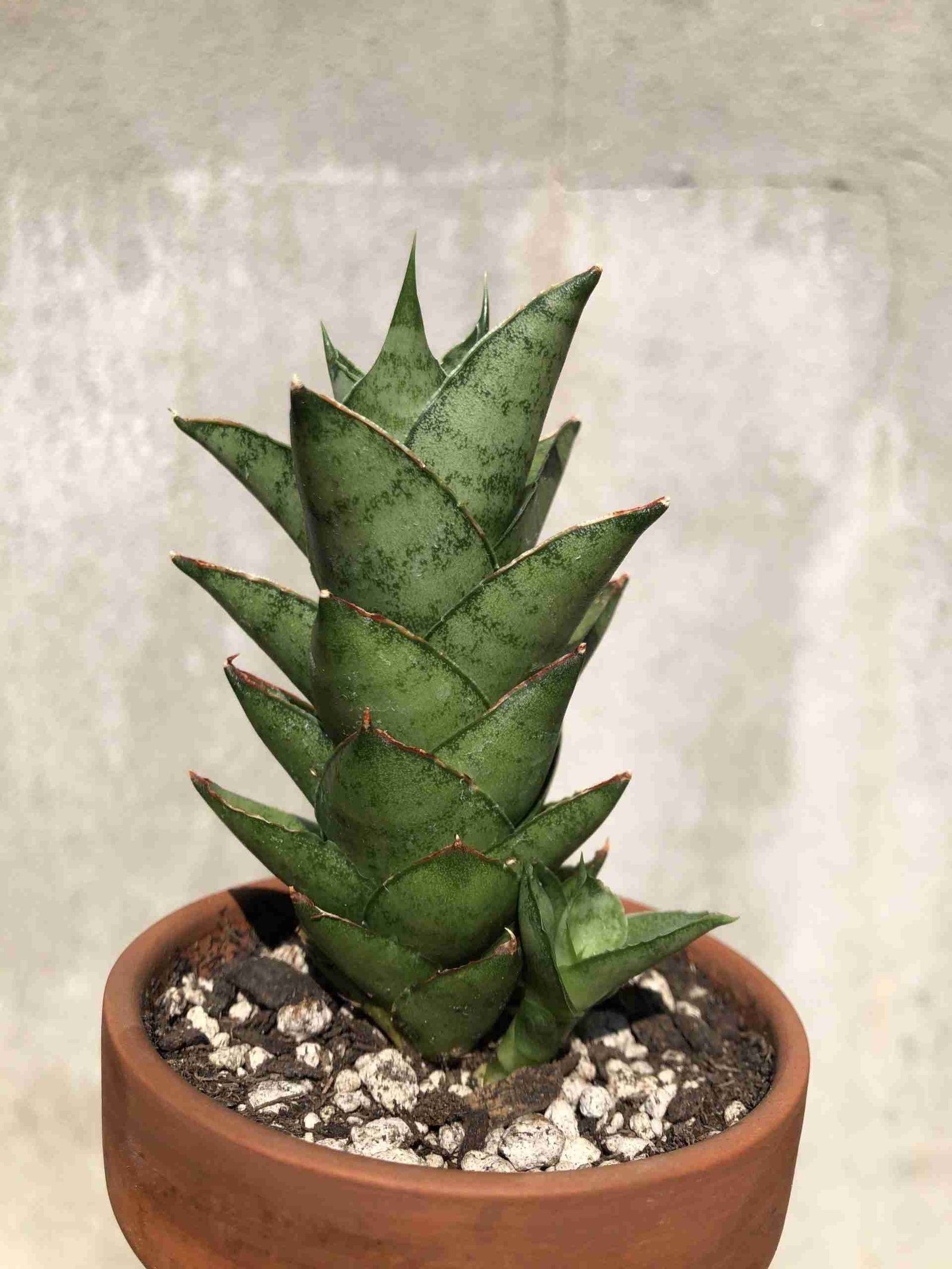
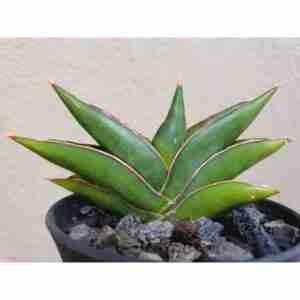
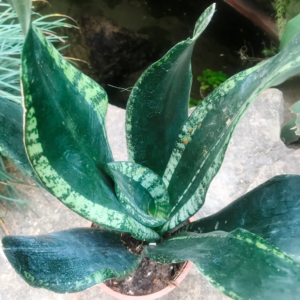
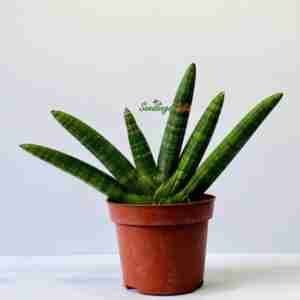
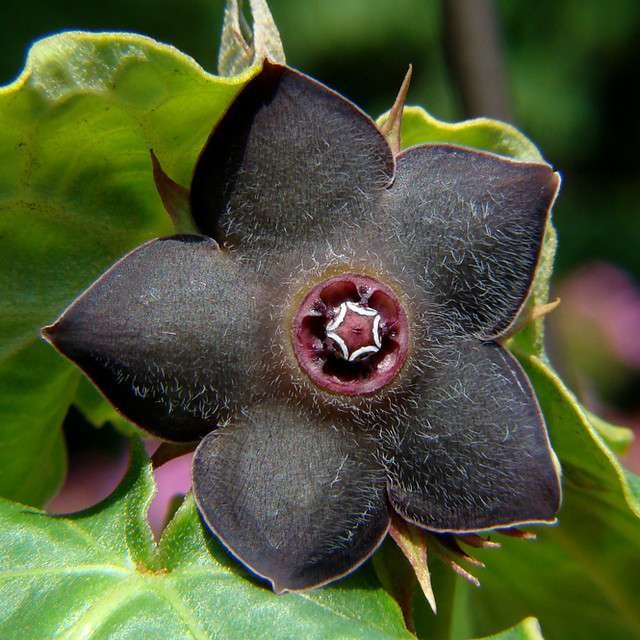
Reviews
There are no reviews yet.